3040008963233
Price Quote Get an up to date pricing and availability quote for this product. Order online or over the phone.
Quality Commitment
Serving our customers with quality and safety first.
- AS9120 Certified
- Audited supply chain
- ITAR Registered
- DDTC Registered
- HAZMAT Certified
- Customer service objectives
- Every product 100% inspected

3040-00-896-3233 Specification Set by the OEM (see RNCC code 3)
0.116in.
0.0620in.
0.167in.
threaded
unf
0.060in. ⁓1/16"
brass, QQ-B-626, comp 11, 1/2h
copper alloy 260 or copper alloy 262 or copper alloy 268 or copper alloy 270 or copper alloy 272 or copper alloy 274 or copper alloy 280 or copper alloy 330 or copper alloy 331 or copper alloy 332 or copper alloy 335 or copper alloy 340 or copper alloy 342 or copper alloy 344 or copper alloy 345 or copper alloy 347 or copper alloy 348 or copper alloy 350 or copper alloy 353 or copper alloy 356 or copper alloy 360 or copper alloy 370 or copper alloy 462 or copper alloy 464 or copper alloy 465 or copper alloy 466 or copper alloy 467 or copper alloy 482 or copper alloy 485
QQ-B-626, comp 11, 1/2h fed spec single material response
oxide
rectangular, single bolt secured
black oxide
indicator, flight director, radio navigation, airborne
Cross Reference Parts Part numbers that meet the specification outlined on this page and set by the OEM
Identification Item Identification Guide (IIG) and Item Name Code (INC)
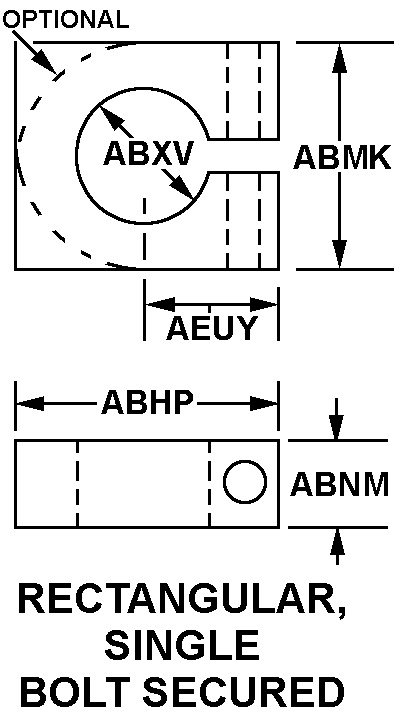
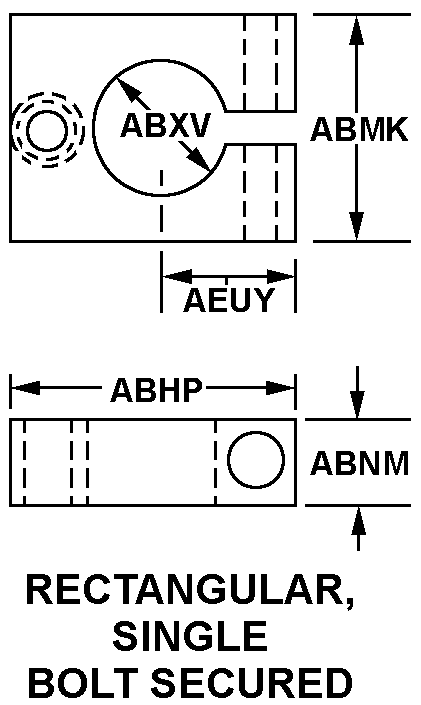
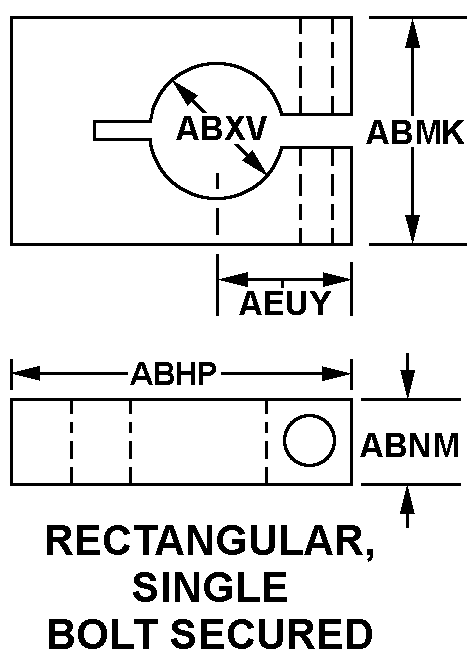
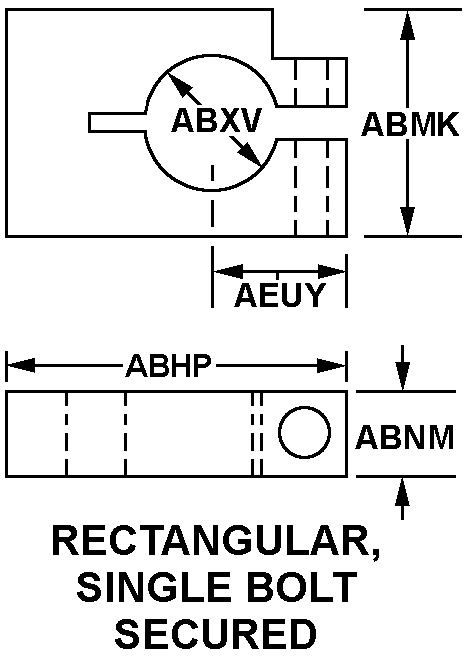
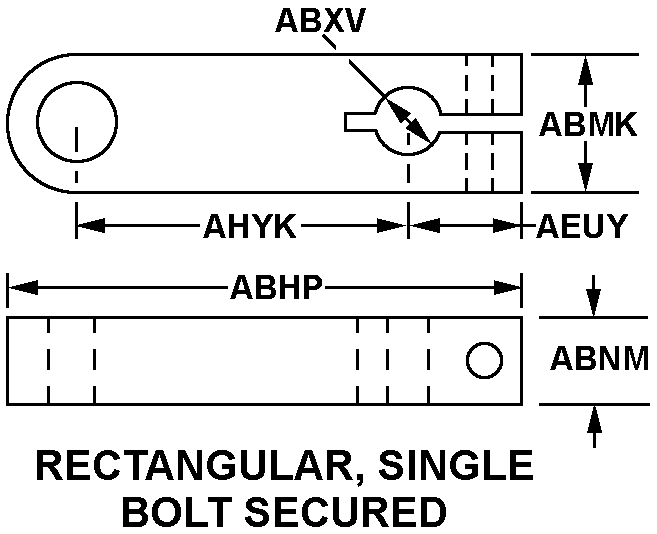
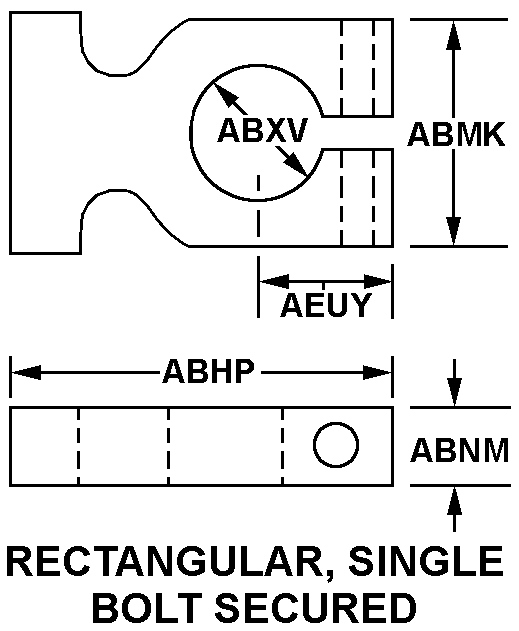
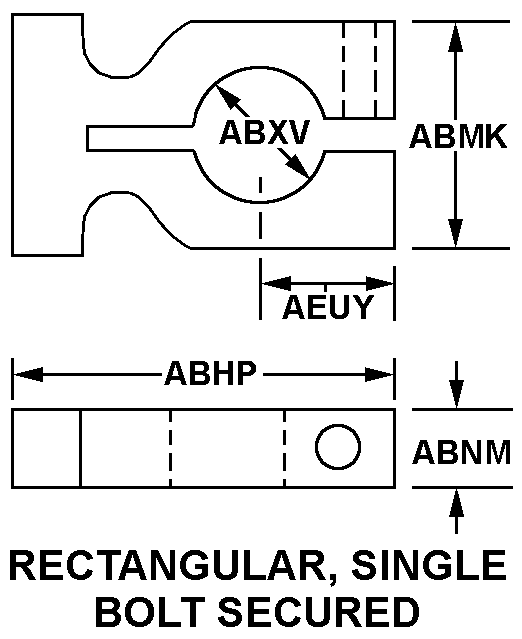
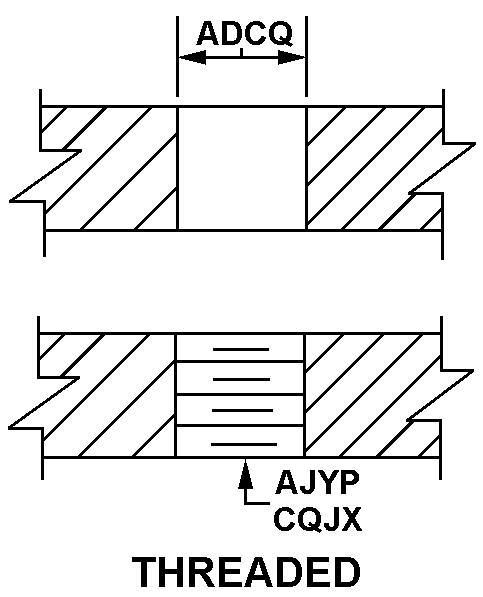
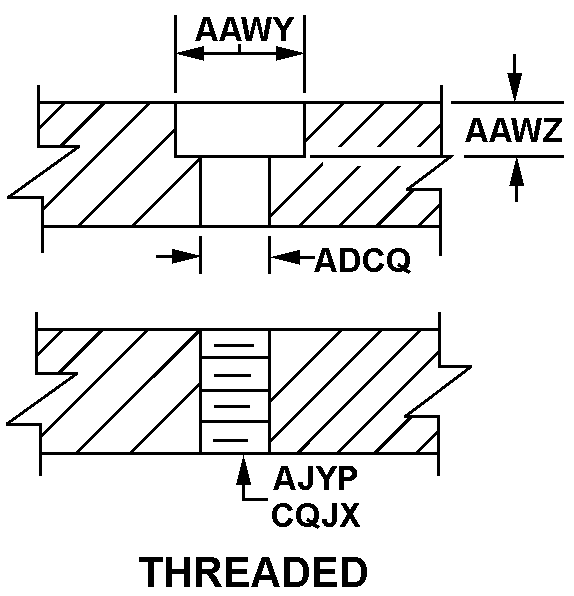
Definition Definition of approved item name (AIN): "CLAMP,HUB"
An item designed to be mounted around the extended hub portion of a gear, wheel, or the like, to retain it securely to a shaft by compressing the slotted hub body. The item may also be used to clamp around a shaft, or the like, to prevent end motion or to retain it in position. Its compression quality is derived from a screw(s) or bolt(s) which may be a part of the item of supply. For items designed to secure directly to a shaft by use of setscrews, pins, or the like, see collar, shaft. Excludes clamp, loop.
3040-00-896-3233 Material Hazmat, Precious Metals, Criticality, Enviroment, and ESD
Indicates there is no data in the hmirs and the nsn is in a fsc not generally suspected of containing hazardous materials.
Precious metal content is unknown
The item does not have a nuclear hardened feature or any other critical feature such as tolerance, fit restriction or application.
Identification Codes
HMIC: Hazardous Material Indicator Code. A one position code that identifies a hazardous item.
PMIC: Precious Metal Indicator Code. A one position code which identifies items that have precious metals as part of their content. precious metals are those metals generally considered to be uncommon, highly valuable, and relatively superior in certain properties such as resistance to corrosion and electrical conductivity.
ESD: Electrostatic Discharge. Indicates if an item is susceptible to electrostatic discharge or electromagnetic interference damage. electrostatic discharge damage occurs when an accumulation of static electricity generated by the relative motion or separation of materials is released to another item by direct contact. electromagnetic interference damage occurs when an item comes into proximity with an electrostatic or magnetic field.
ENAC: Enviromental Attribute Code. Identifies items with environmentally preferred characteristics.
CRITL: Criticality Indicator Code. Indicates an item is technically critical by tolerance, fit, application, nuclear hardness properties, or other characteristics.
Material Management Material categorization and source of supply
Defense logistics agency, enterprise business systems
Airborne communications and navigation equipment
Material Codes
SOS: Source of Supply. A three position code or routing identifier code (ric), which identifies the source of supply activity.
SMIC: Special Material Indicator Code. A two position code, which categorizes material on the basis of requirements for source or quality control, technical design or configuration control, procurement, stocking and issue control, special receipt, inspection, testing, storage, or handling.
MMAC: Material Management Aggregation Code. A two position code that identifies an item of supply to be managed by a specific activity manager.
MCC: Material Echelon Code. A two position code employed by the marine corps in classifying items into categories by materiel category and procurement echelon. the alphanumeric management code is in the first position and identifies the materiel category
IMC: Denotes wether items shall be subjected to integrated management under the defense supply agency or retained by the individual military service or other department of defense components for their management. Assigned by th activity responsible for item management coding.






